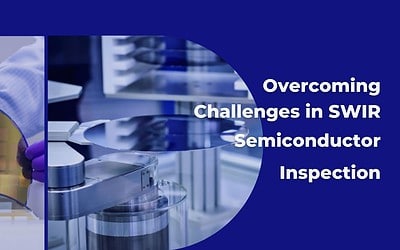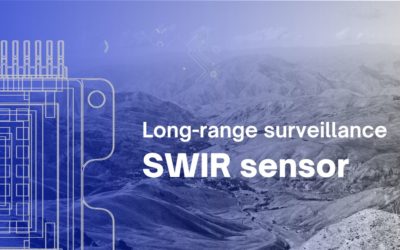NIT is pleased to announce the release of several new SWIR sensors now produced with NIT in-house designed stacking technology, internally named NH.
The NH technology allows to stack a photodiode array (PDA) of InGaAs to a CMOS read out circuit (ROIC) at pixel level. The NH technology does not rely on the classical Indium bump hybridization technique, therefore improving the manufacturing yield and lowering the sensor cost.
The VGA line of SWIR products with 15µm pitch is already in full production since several years using the NH technology. New products with higher resolution and lower pitch from 10µm down to 7.5µm are currently under qualification, such as an HD array (1280×1024 pixels @ 10µm)
The roadmap towards very small pitch <5µm and Full HD+ formats is under construction at NIT.




